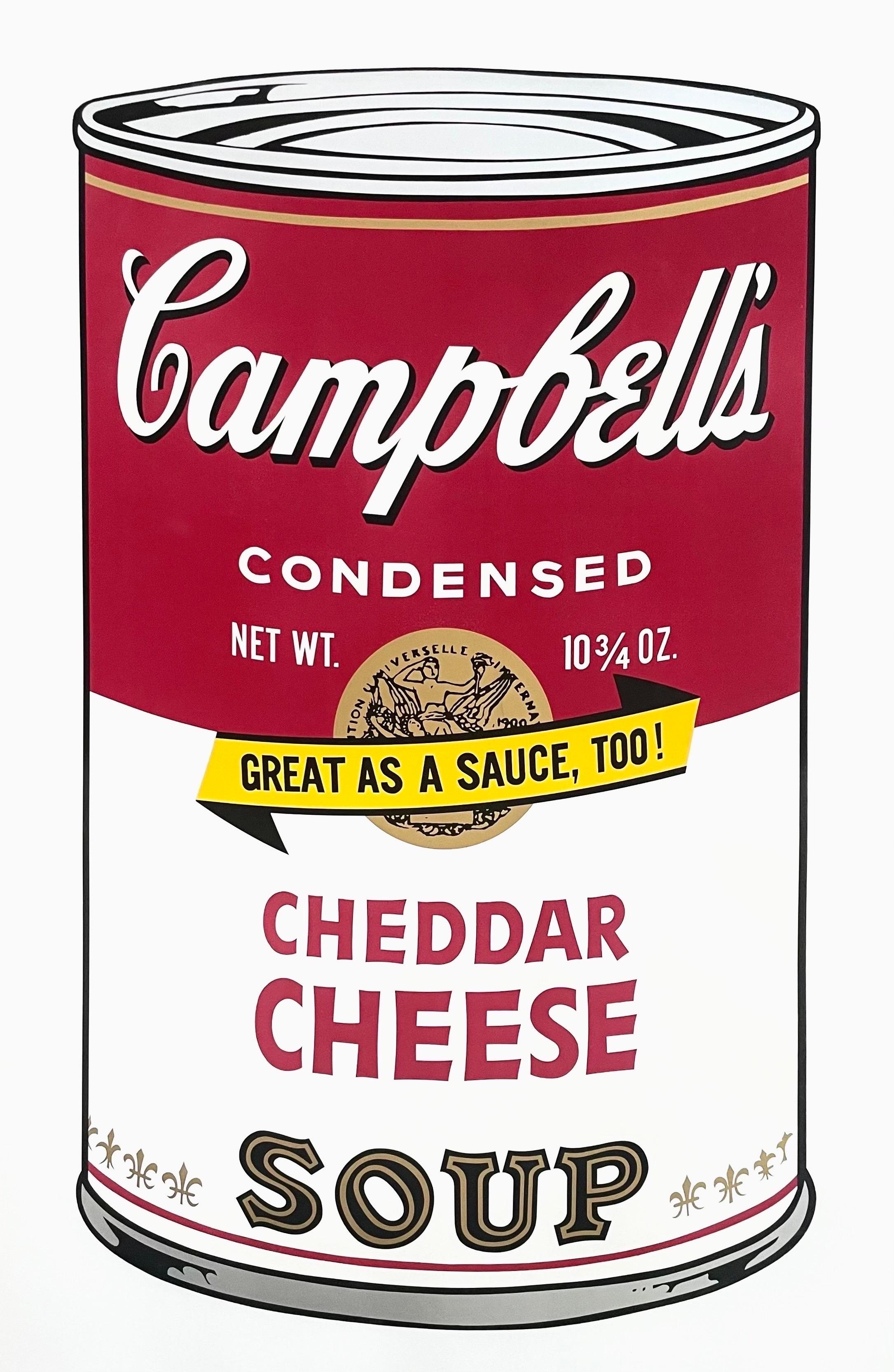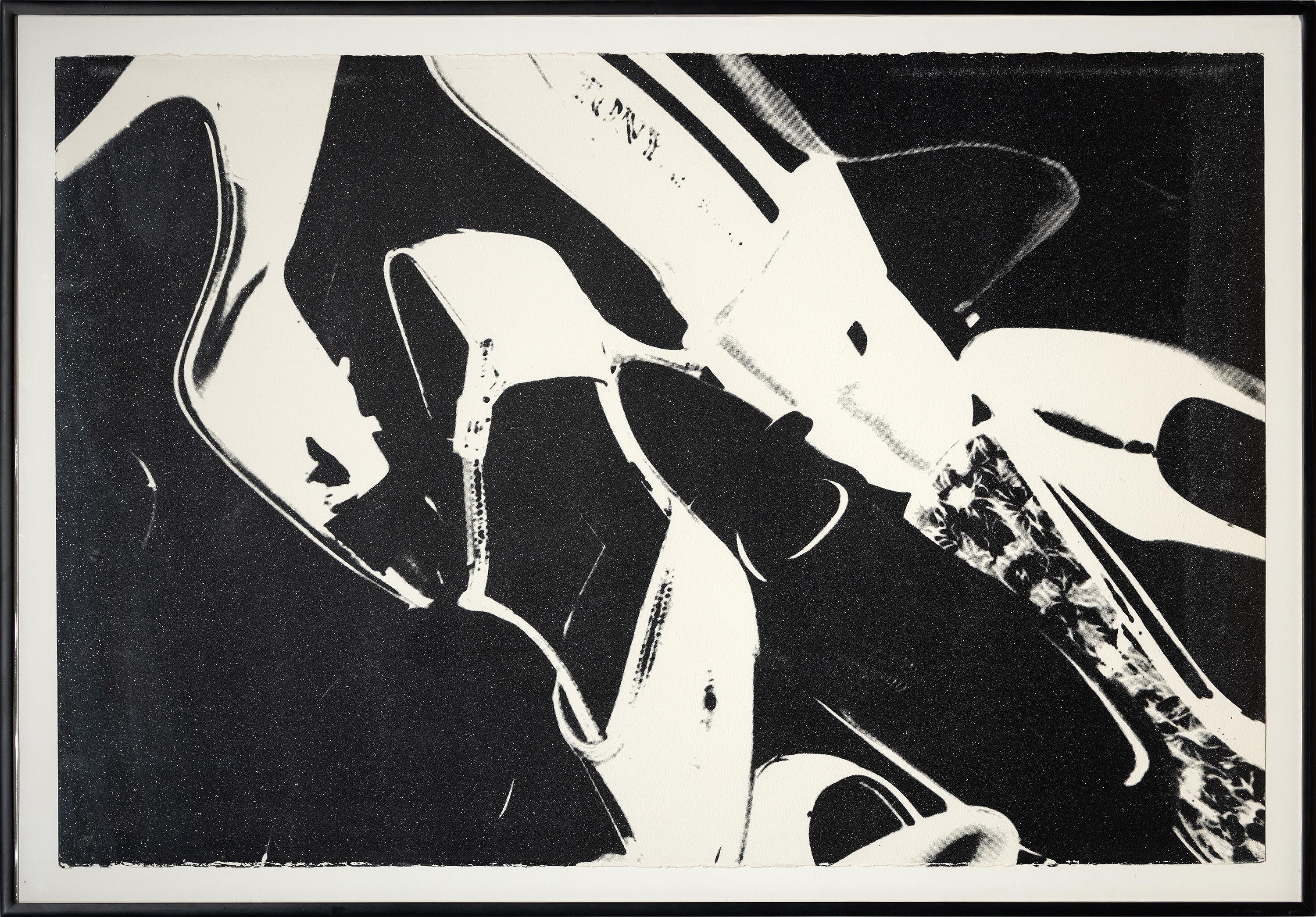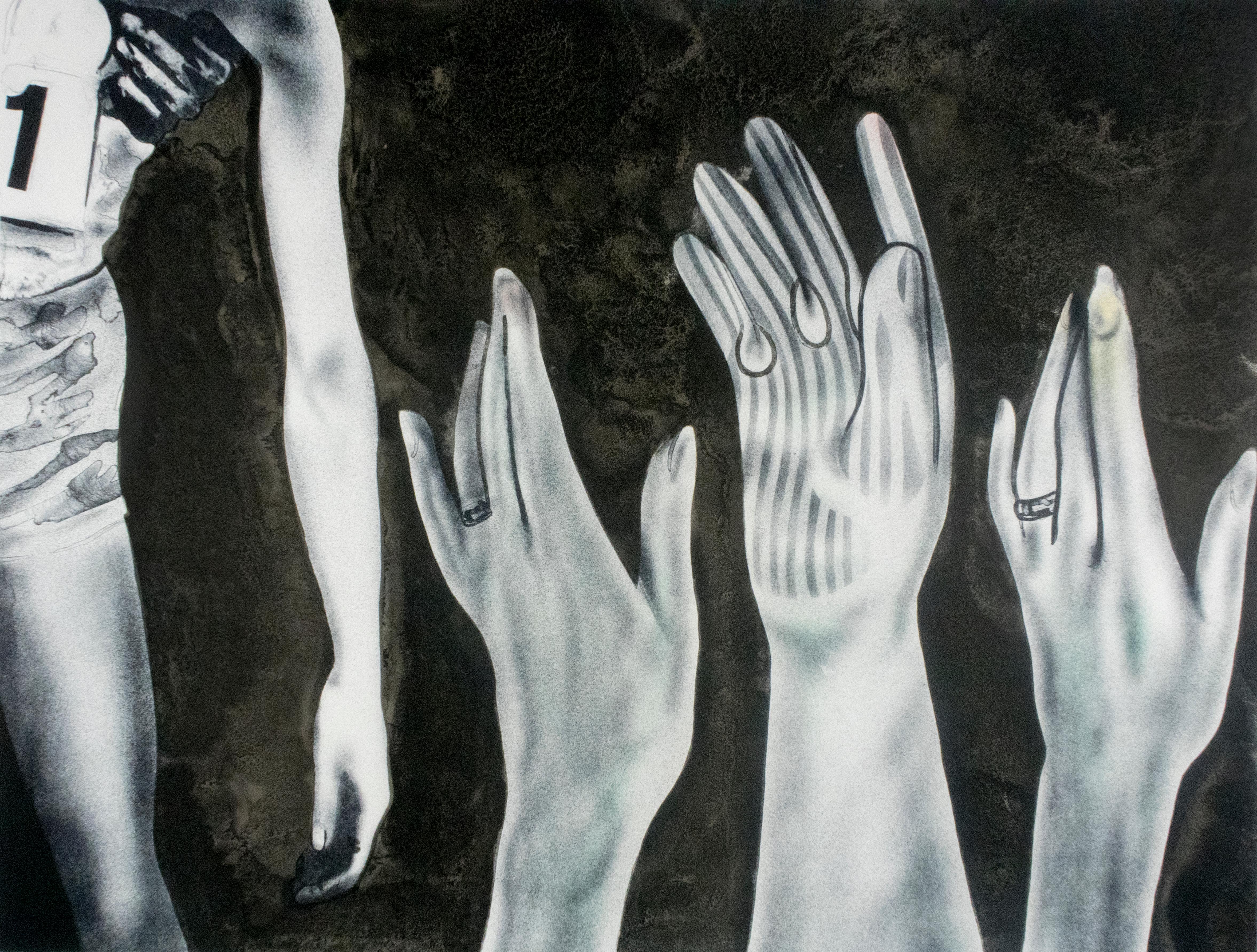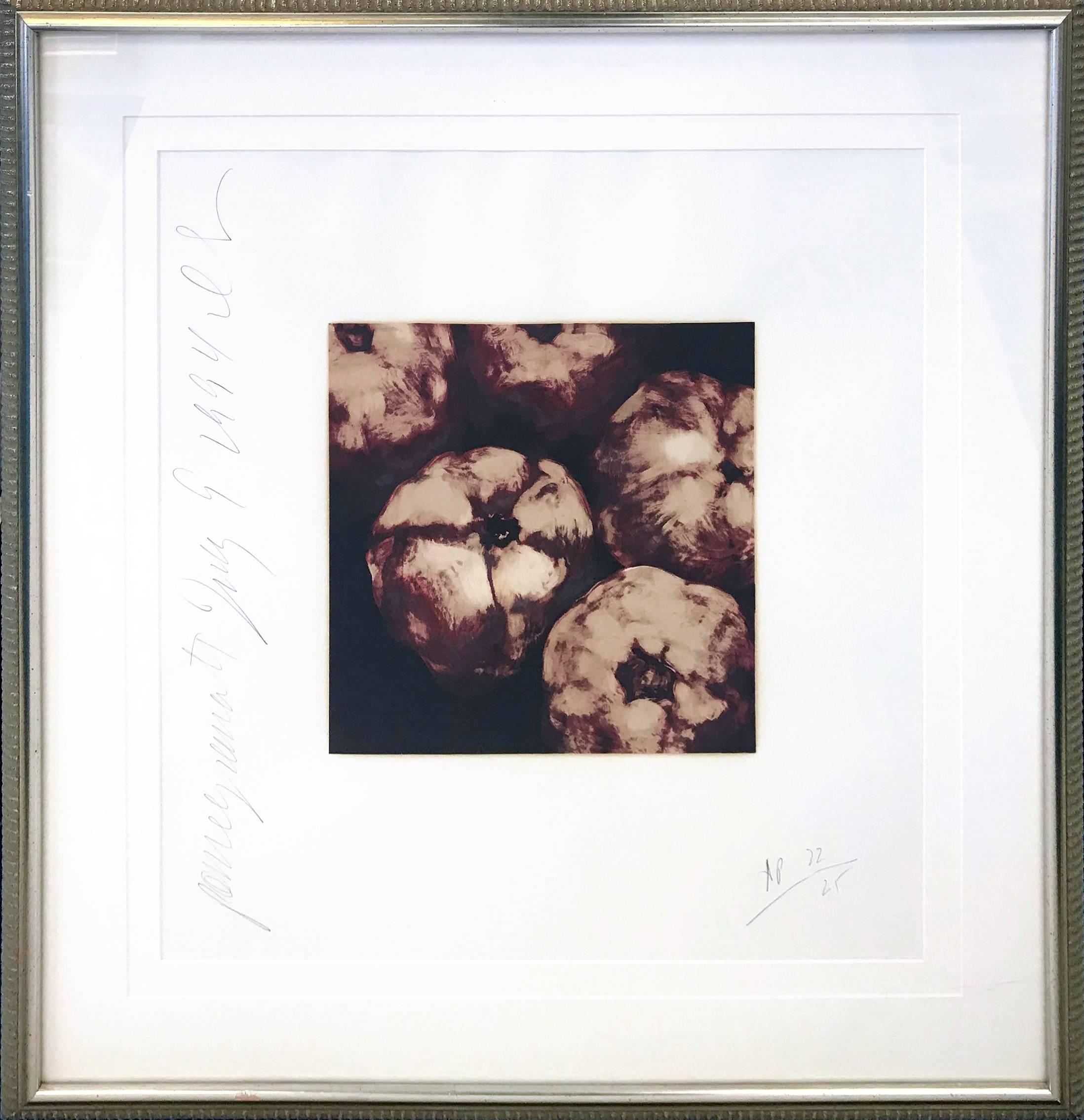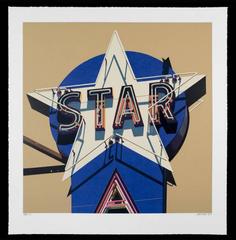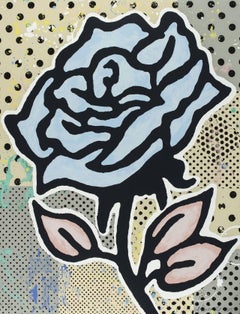
Blue Rose
View Similar Items
Want more images or videos?
Request additional images or videos from the seller
1 of 2
Donald BaechlerBlue Rose2015
2015
About the Item
- Creator:Donald Baechler (1956, American)
- Creation Year:2015
- Dimensions:Height: 40 in (101.6 cm)Width: 31 in (78.74 cm)
- Medium:
- Movement & Style:
- Period:
- Condition:Additional color makes available.
- Gallery Location:New York, NY
- Reference Number:1stDibs: LU3262455153
About the Seller
5.0
Vetted Seller
These experienced sellers undergo a comprehensive evaluation by our team of in-house experts.
Established in 1996
1stDibs seller since 2013
655 sales on 1stDibs
Typical response time: 4 hours
More From This SellerView All
- Flowers FS II.70, 1970By Andy WarholLocated in New York, NYAndy Warhol Flowers (FS II.70), 1970 silkscreen on paper 36 x 36" ed. of 250 signed in ball point pen and numbered with a rubber stamp on versoCategory
1960s Pop Art Still-life Prints
MaterialsArchival Ink
Price Upon Request - American Signs portfolioBy Robert CottinghamLocated in New York, NYROBERT COTTINGHAM American Signs portfolio, 2009 The complete set of twelve screenprints in colors, on wove paper, with full margins, 40 1/8 x 39 1/8 in (101.9 x 99.4 cm) all signed, dated `2009' and numbered edition of 100 in pencil, published by Exhibit A Fine Art and Editions and American Images Atelier, New York, all in excellent condition, contained in original gray silk-covered box with artist and title embossed with gold foil. Robert Cottingham B. 1935, BROOKLYN, NEW YORK Born in 1935 in Brooklyn, Robert Cottingham is known for his paintings and prints of urban American landscapes, particularly building facades, neon signs, movie marquees, and shop fronts. After serving in the U.S. Army from 1955 through 1958, he earned a BFA at Pratt Institute, Brooklyn, in 1963. Cottingham began his professional artistic career as an art director for the advertising firm Young and Rubicam in the early 1960s. Although he is typically associated with Photorealism, Cottingham never considered himself a Photorealist, but rather a realist painter working in a long tradition of American vernacular scenes. In this respect, his work often draws parallels to a number of American painters such as Stuart Davis, Charles Demuth, Edward Hopper, and Charles Sheeler. Cottingham’s interest in the intersections of art and commerce derive from his career as an adman and the influence of Pop art. Many of his paintings convey an interest in typography and lettering, as well as an awareness of the psychological impact of certain isolated words and letters. In his facades, techniques from advertising, namely cropping and enlarging, often produce words of enigmatic or comical resonance such as “Art,” “Ha,” or “Oh.” Cottingham’s enlarged sense of scale is reminiscent of James Rosenquist’s work, while his interest in text suggests the influence of Robert Indiana and Jasper Johns. In general, Cottingham viewed his work as continuing the legacy of Pop artists such as Andy Warhol, who also had a background in advertising. In 1964, Cottingham relocated to Los Angeles for work. There, inspired by the drastically different environment of the West Coast metropolis, he began to commit seriously to painting. Fascinated by Hollywood’s exaggerated glitz and the downtrodden atmosphere of the downtown, Cottingham saw in Los Angeles the relics of a bygone commercial heyday and desired to capture its kitschy and uncanny atmosphere, bathed in the near perpetual sunlight of Southern California. In 1968, Cottingham ended his advertising career in order to devote all his time to painting. In the late 1960s, he started using photography in his practice, first as an initial reference point for his process. After selecting a photograph, he translates it into black-and-white drawings by projecting the image onto gridded paper...Category
Early 2000s American Realist Still-life Prints
MaterialsScreen
Price Upon Request - Star, from American Signs PortfolioBy Robert CottinghamLocated in New York, NYROBERT COTTINGHAM Star, from American Signs portfolio, 2009 screenprint in colors, on wove paper, with full margins, 40 1/8 x 39 1/8 in (101.9 x 99.4 cm) signed, dated `2009' and numbered edition of 100 in pencil -- Robert Cottingham B. 1935, BROOKLYN, NEW YORK Born in 1935 in Brooklyn, Robert Cottingham is known for his paintings and prints of urban American landscapes, particularly building facades, neon signs, movie marquees, and shop fronts. After serving in the U.S. Army from 1955 through 1958, he earned a BFA at Pratt Institute, Brooklyn, in 1963. Cottingham began his professional artistic career as an art director for the advertising firm Young and Rubicam in the early 1960s. Although he is typically associated with Photorealism, Cottingham never considered himself a Photorealist, but rather a realist painter working in a long tradition of American vernacular scenes. In this respect, his work often draws parallels to a number of American painters such as Stuart Davis, Charles Demuth, Edward Hopper, and Charles Sheeler. Cottingham’s interest in the intersections of art and commerce derive from his career as an adman and the influence of Pop art. Many of his paintings convey an interest in typography and lettering, as well as an awareness of the psychological impact of certain isolated words and letters. In his facades, techniques from advertising, namely cropping and enlarging, often produce words of enigmatic or comical resonance such as “Art,” “Ha,” or “Oh.” Cottingham’s enlarged sense of scale is reminiscent of James Rosenquist’s work, while his interest in text suggests the influence of Robert Indiana and Jasper Johns. In general, Cottingham viewed his work as continuing the legacy of Pop artists such as Andy Warhol, who also had a background in advertising. In 1964, Cottingham relocated to Los Angeles for work. There, inspired by the drastically different environment of the West Coast metropolis, he began to commit seriously to painting. Fascinated by Hollywood’s exaggerated glitz and the downtrodden atmosphere of the downtown, Cottingham saw in Los Angeles the relics of a bygone commercial heyday and desired to capture its kitschy and uncanny atmosphere, bathed in the near perpetual sunlight of Southern California. In 1968, Cottingham ended his advertising career in order to devote all his time to painting. In the late 1960s, he started using photography in his practice, first as an initial reference point for his process. After selecting a photograph, he translates it into black-and-white drawings by projecting the image onto gridded paper...Category
Early 2000s Photorealist More Prints
MaterialsScreen
Price Upon Request - Dancer 1By Alex KatzLocated in New York, NYAlex Katz Dancer 1 2019 Silkscreen in colors on Saunders Waterford HP High White 425 gsm paper 60 x 36 inches (153 x 92 cm) Edition of 60Category
2010s Pop Art Figurative Prints
MaterialsScreen
$18,000 - ArielBy Alex KatzLocated in New York, NYAriel 2021 Silkscreen on Saunders Waterford 425 gsm fine art paper Diptych 60 x 37 inches (153 x 94 cm) each Edition of 60 Suite of 2: $32,000 Single print also available. Please c...Category
2010s Pop Art Portrait Prints
MaterialsScreen
Price Upon Request - ArielBy Alex KatzLocated in New York, NYAriel 2021 Silkscreen on Saunders Waterford 425 gsm fine art paper Diptych 60 x 37 inches (153 x 94 cm) each Edition of 60 Suite of 2: $32,000 Single print also available. Please c...Category
2010s Pop Art Portrait Prints
MaterialsScreen
Price Upon Request
You May Also Like
- Pajaro (Green Lamp), Pop Art Serigraph by John GrilloBy John GrilloLocated in Long Island City, NYArtist: John Grillo, American (1917 - 2014) Title: Kaleidoscope I Year: 1978 Medium: Serigraph, signed and numbered in pencil Edition: 200, AP 30 Image Size: 29.5 x 22 inches ...Category
1980s Pop Art Figurative Prints
MaterialsScreen
- Kaleidoscope III, Pop Art Serigraph by John GrilloBy John GrilloLocated in Long Island City, NYArtist: John Grillo, American (1917 - 2014) Title: Kaleidoscope III Year: 1980 Medium: Serigraph, signed and numbered in pencil Edition: 200 Image Size: 22 x 30 inches Size: 2...Category
1980s Pop Art Figurative Prints
MaterialsScreen
- Volkswagen from Ads Series, 1985By Andy WarholLocated in Palo Alto, CAAndy Warhol Volkswagen, from the Ads Portfolio, 1985, depicts the infamous 1960 ad originally created by ad company Doyle Dane Bernbach that cha...Category
1980s Pop Art Still-life Prints
MaterialsScreen
Price Upon Request - Eye of the Storm, Screenprint by Michael KniginBy Michael KniginLocated in Long Island City, NYArtist: Michael Knigin, American (1942 - 2011) Title: Eye of the Storm Year: 1971 Medium: Screenprint, signed and numbered in pencil Edition: 136/200 ...Category
1970s Pop Art Still-life Prints
MaterialsScreen
$520 Sale Price20% Off - R.B. Kitaj Screenprint Collage Hand Signed British Pop Art Film Still CamelBy Ronald Brooks KitajLocated in Surfside, FLThe Most Important Film Ever Made, 1972 Color screen print and collage, from the edition of 70. 15 x 17 in 38.1 x 43.2 cm Published by the artist with Marlborough Graphics at the Kelpra studio in 1972. This work is also in the collections of TATE London and the Victoria & Albert Museum. the price reflects the fact that there is no backing page. Stylistically, these are hybrid works, influenced by Pop art and the modernist tradition of the Readymade, a work of art created when a mundane found object is named as an artwork and set in an art context. This avant-garde concept was originally invented by the Dada master Marcel Duchamp early in the twentieth century. In the 1960s it received renewed attention at a time when artistic norms were again being questioned. Reacting to Andy Warhol’s Pop imagery, Kitaj poignantly called his repurposed lithograph and silkscreen book covers “his soup can, his Liz Taylor.” The blatant use of images taken directly from commercial sources situates In Our Time as a precursor of appropriation art. In turning book covers into works of art, Kitaj is offering fragments of a history of knowledge, in which the content of each volume is at once mysterious and absent. Coming from this passionate bibliophile, the series is nothing less than an intellectual self-portrait. R.B. Kitaj, in full Ronald Brooks Kitaj . Ron Kitaj...Category
1960s Pop Art Still-life Prints
MaterialsScreen
- SEASCAPE (FOOT)By Tom WesselmannLocated in Aventura, FLScreen printed vacuum-formed plexiglass multiple in colors mounted to a card support. Artist signature, date and edition lower left front. Edition 12/101. Artwork is in excellent condition. All reasonable offers will be considered. About the Artist: Tom Wesselmann (1931–2004) was an American Pop artist best known for his collages, sculptures, and screenprints that stylized the female figure. Often isolating segments of the body—red lips with a cigarette, a single nipple, or a stylish shoe—his artworks aim was to seize a viewer’s attention. “The prime mission of my art, in the beginning, and continuing still, is to make figurative art as exciting as abstract art,” he once said of his work. Born on February 23, 1931 in Cincinnati, OH, he was drafted into the US Army to serve in the Korean War in 1952. Returning home after the war, he studied drawing at the Art Academy of Cincinnati before working as an illustrator of comic strips and men’s magazines...Category
1960s Pop Art Still-life Prints
MaterialsCardboard, Plexiglass, Screen
